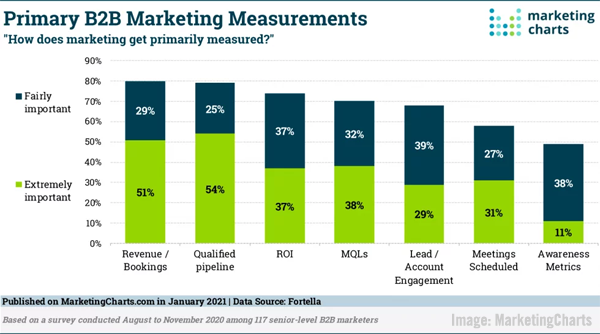Everything You Need To Know About Keyword Match Types

By fneedle@hubspot.com (Flori Needle)
Google’s keyword match types ensure that the money you spend on your Google Ad campaigns is well spent, ensuring you don’t waste money drawing in unqualified traffic that is not likely to do business with you.
Read on to learn more about the different keyword match types for PPC ads, the type of traffic they generate, and how to use them.
Keyword Match Types
There are four different keyword match types for Google Ads: broad match, phrase match, exact match, and negative match. The image below shows the syntax for using each type, what queries your ad will appear in for each, and the search terms that would surface your ads.
Below we’ll go in-depth into each type, and provide context for how each one shows up in search results.
1. Broad Match
A broad keyword match is when your ads show in search results for queries related to the meaning of your keywords but don’t necessarily contain the exact terms. It’s the default type for Google Ads and works best with smart bidding. The syntax is to write out your keyword.
If your keyword is iPhone case, your ad could show up in queries for apple phone case and best iPhone case for kids, and phone case.
A broad keyword match helps you reach a wide audience, but your visitors are unrefined as the terms they search for are related to your keyword. However, to ensure traffic is somewhat related, Google will also take into account a user’s search activities, the content on your landing page, and other keywords in your ad group.
2. Phrase Match
A phrase match surfaces your ads in queries that have the same meaning as your keyword or more specific forms of your keyword. Words can be added before or after your keyword, but not between. The syntax is to place quotes around your target word, like “keyword.”
If your phrase match keyword is “iPhone case,” you could show up in queries for buy iPhone case, blue iPhone case, iPhone case sale.
Using phrase match puts your ads in front of a smaller audience, but they are only shown in searches that include what your ad is for, so audiences are more refined. Note that modified broad match was discontinued in 2021 and its parameters were added to phrase match criteria.
Broad Match vs. Phrase Match
The key difference between broad and phrase match is that phrase match reaches fewer audiences but traffic is more qualified for what you’re offering, while broad matches reach a wider audience, but searchers may not necessarily be looking for exactly what you’re selling.
So, if your search term is iPhone and you use broad match type, your ad would show if a user searched iPhone case, apple phone case, or iPhone 11 case, but if you used a phrase match your ad would only show for iPhone case.
<img src="https://blog.hubspot.com/hs-fs/hubfs/broad-match-vs-phrase-match.jpg?width=598&name=broad-match-vs-phrase-match.jpg" alt="table displaying the difference between broad match vs phrase match " width="598" style="width: 598px;margin-left: …read more
Source:: HubSpot Blog










